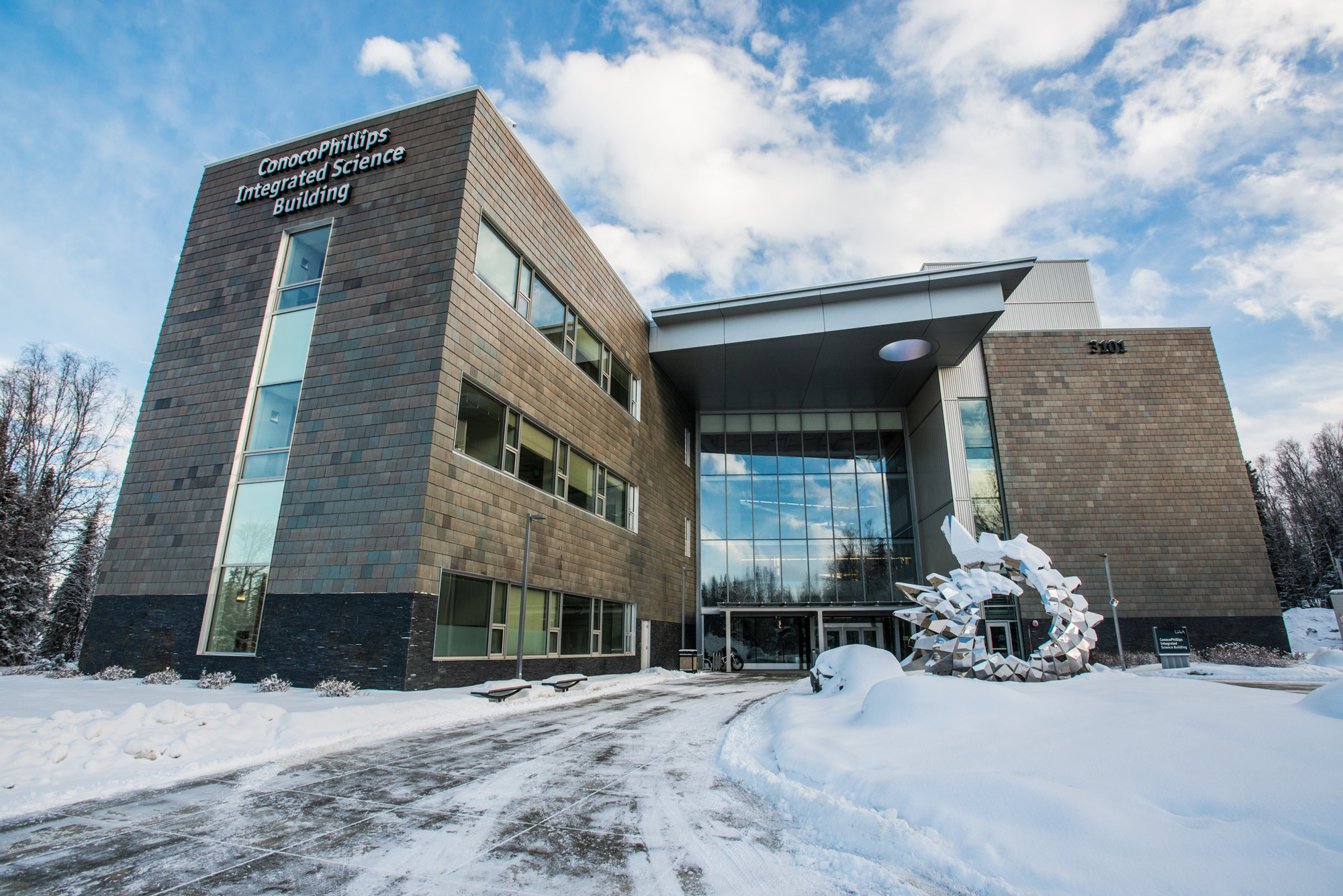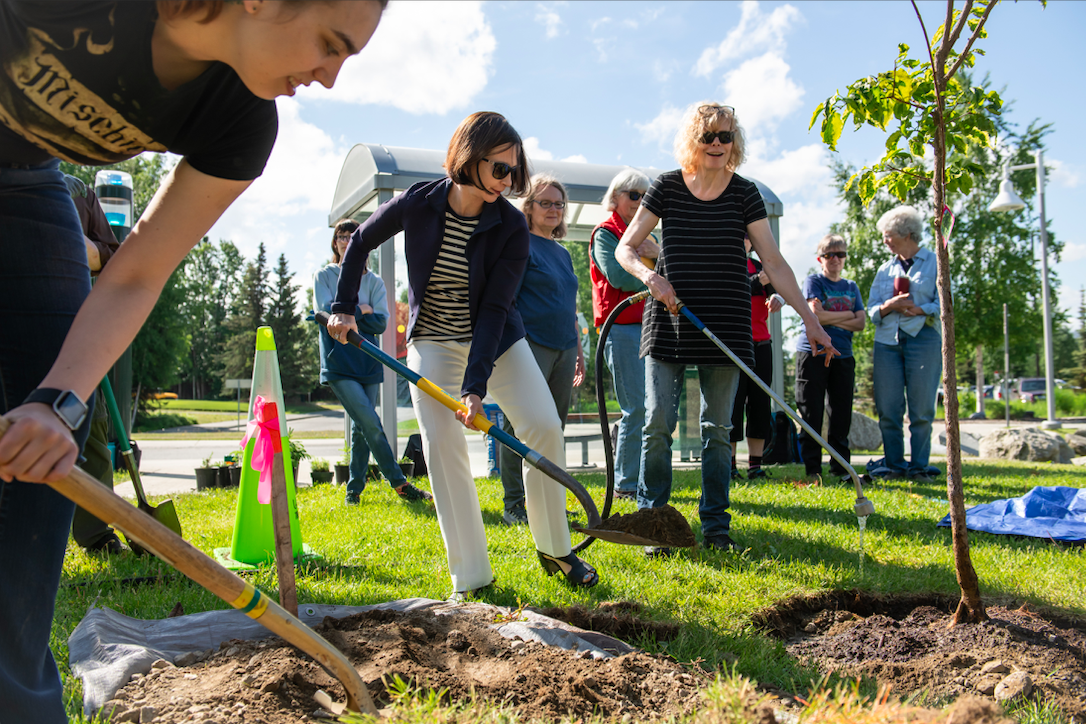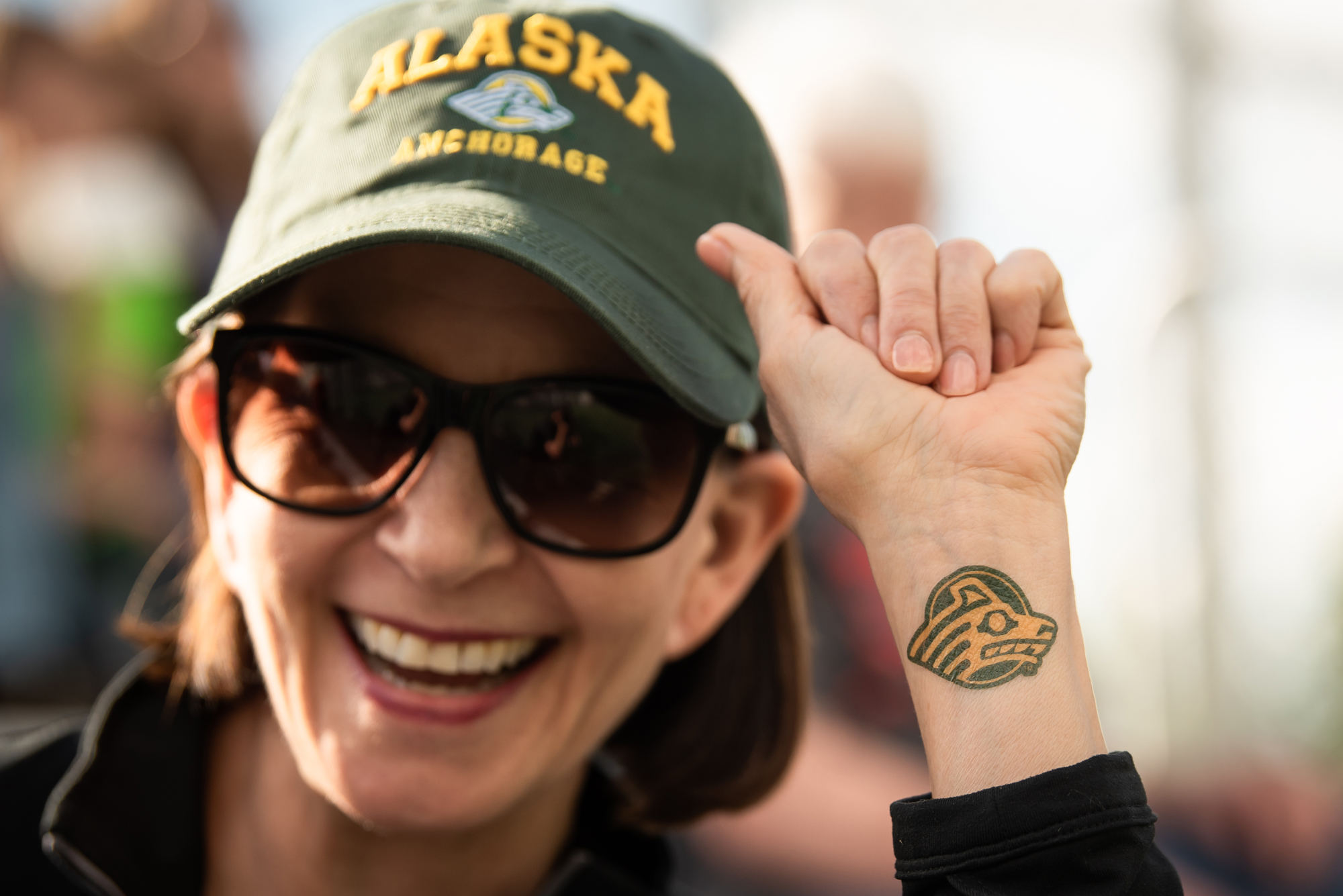On the frontlines
by Catalina Myers |
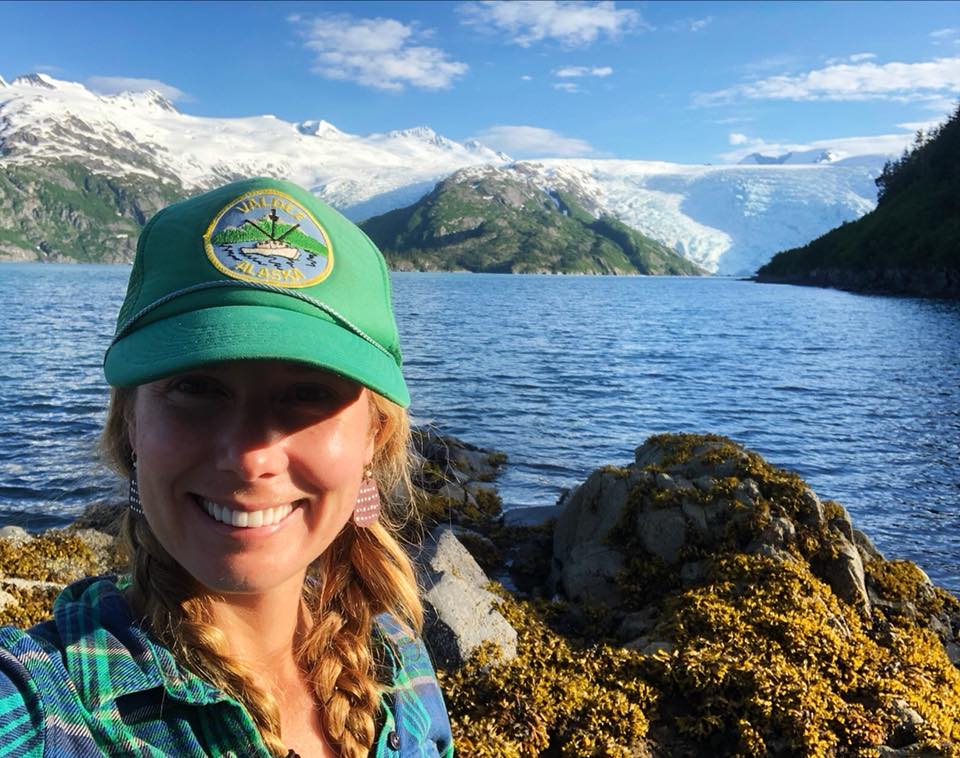
When nursing alumna Greer Gehler graduated from UAA in December 2018, she could have never predicted the whirlwind that would be her first two years of nursing. Gehler received her first bachelor’s in history of art and architecture from Brown University and spent nearly a decade working in Alaska’s political scene. Through her various roles, she saw firsthand how important health care is, especially in a state like Alaska where the vast landscape makes providing health care challenging. She decided rather than work in a job where she helped make health care policy, she wanted to be in the middle of it — actually working with and interacting with patients.
Initially, she started down the pre-med route but ended up focusing on nursing, returning to school to pursue her second bachelor’s in nursing through UAA’s School of Nursing.
“UAA was very affordable, convenient and there wasn’t a wait list anymore when I applied, so I was able to apply right away,” Gehler said. “One of the big selling points was as a nursing student when you do your clinicals, you do them in the hospitals in Anchorage. So you get that exposure to people you may work with one day and you get to meet some of the managers — it’s sort of like a pre-job interview — you build those professional relationships, which makes it much easier when you go to apply for a job.”
Gehler knew she wanted to stay in Alaska and ideally work at Providence Alaska Medical Center (PAMC), so getting her foot in the door with her potential future employer during her nursing clinicals was crucial in securing a job post-graduation. She said occasionally, PAMC offers a new nursing residency, a program where the organization hires new nursing graduates, placing them with various departments within the hospital for training — and one of those happened to be the emergency room (ER). For Gehler, graduation, taking her National Council Licensure Examination (NCLEX), the nationwide nursing licensing exam and the new nursing residency program serendipitously lined up, helping her land a position in PAMC’s ER. She had previous experience in the ER during one of her clinical rotations in school and fell in love with the fast-paced, day-to-day life there and was thrilled she essentially landed her dream job straight out of nursing school.
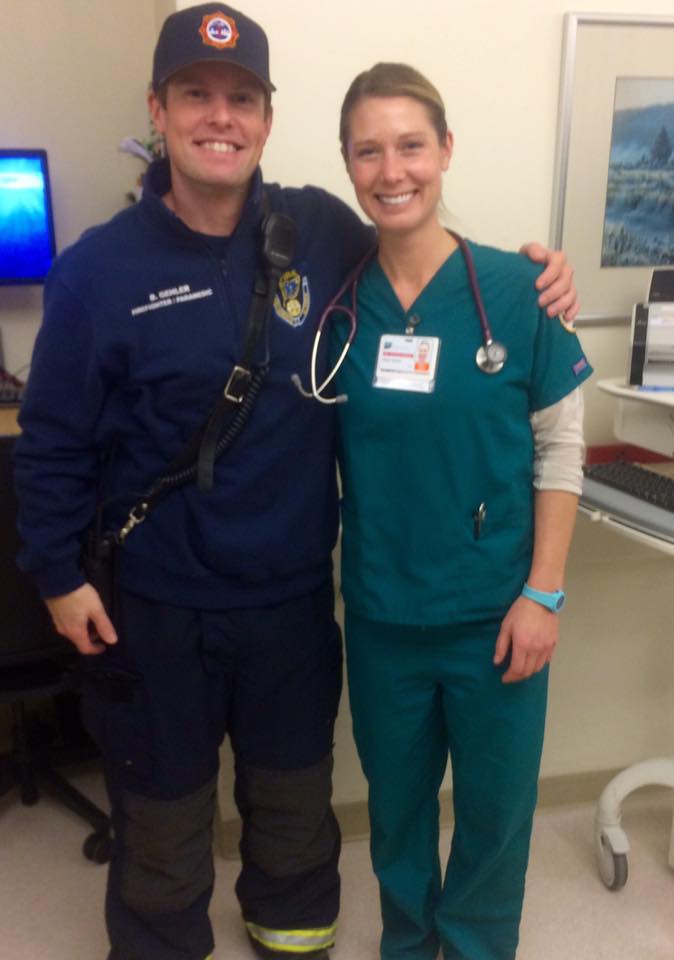
“I was very fortunate that they had just started this program up again,” said Gehler “I love how fast-paced it is and how you see everything — every kind of medical condition is there — from labor and delivery to cardiac, to oncology, they all come into the ER. I like that there’s a lot of critical thinking involved.”
The teamwork environment is another aspect Gehler appreciates about her job, being able to work closely with the other nurses, physicians and respiratory therapists — all of whom have helped her adapt to working in a fast-paced environment. She said despite her previous experience, the learning curve has been steep and no amount of schooling quite prepares you for your first shift. Now two years into the job she’s starting to feel more confident, but said that as an ER nurse you’re always learning — even the veteran nurses. But even the most skilled nurses and physicians could not have predicted the health crisis that was about to sweep the nation and the globe.
“We’re really lucky that Alaska had a lot of time to prepare for this,” said Gehler. “In the beginning, it felt like our policies were changing in the middle of our shifts and we all had to be flexible and adjust. But we did get to a point where everything was streamlined and we were able to provide enough personal protective equipment (PPE) for everyone.”
Currently, in Providence’s ER, Gehler said a sealed-off section is dedicated as a respiratory unit to house patients who come in with a respiratory complaint or have tested positive for COVID-19. During a shift, a dedicated group of doctors, nurses and technicians work in the unit that is completely sealed off from the rest of the ER.
She said despite PAMC’s efforts to prepare for the unavoidable arrival of the pandemic in Alaska, there was still a sense of ominousness among providers and caretakers as national and global coverage of the rapidly spreading virus hit the news. But Gehler is thankful for Alaska’s location and smaller population, which, along with the swift action of local and state government, helped flatten the curve and prevent the virus from bubbling up, like in more densely populated cities and states across the country.
It’s been a busy couple of years since Gehler graduated from UAA’s School of Nursing. From landing her dream job in Providence’s ER to being a frontline health care worker amid a global pandemic. Currently, her days are long and often she has only about an hour from when she gets home from her shift to eat, relax and shower before she has to hop into bed to start another long shift. But despite the long days and little personal time, she’s doing what she loves. She’s passionate about health care and is glad that regardless of a global pandemic or not, she can be on the frontlines to help ease the pain of patients who walk through the doors of the ER.
 "On the frontlines " is licensed under a Creative Commons Attribution-NonCommercial 4.0 International License.
"On the frontlines " is licensed under a Creative Commons Attribution-NonCommercial 4.0 International License.










